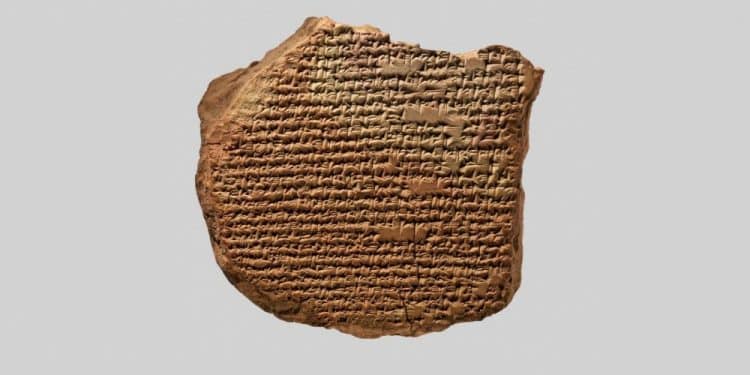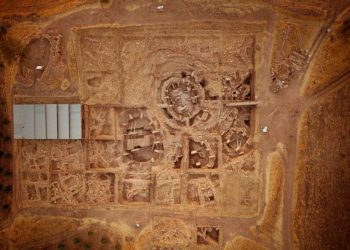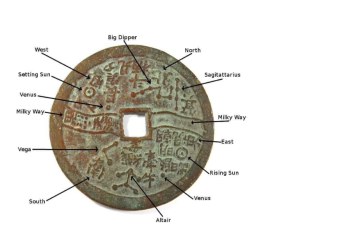Clay tablets dating back more than 2,700 years are rewriting our understanding of ancient healing. Recovered from modern-day Iraq over a decade ago, these tablets reveal that early doctors blended herbal remedies with rituals and incantations—a practice that today might be viewed as a seamless mix of science and magic.
Unveiling the Tablets’ Secrets
The tablets, inscribed in Cuneiform, were created by Kisir-Aššur—a trainee doctor from ancient Sumeria—who meticulously documented his studies and treatments. A Danish Ph.D. student recently brought these inscriptions to light, offering unprecedented insight into how ancient Mesopotamians approached medicine. The detailed records not only illuminate the methods of diagnosing and treating ailments but also expose a holistic perspective where what we now call “magic” was an integral part of healing.
A Glimpse Into Ancient Medical Education
Scholars now believe these tablets could help reconstruct the timeline of medical training in early civilizations. As explained by Dr. Troels Pank Arbøll of the University of Copenhagen:
“The sources give a unique insight into how an Assyrian doctor was trained in the art of diagnosing and treating illnesses and their causes. It’s an insight into some of the earliest examples of what we can describe as science.”
The sequential nature of Kisir-Aššur’s notes has allowed researchers to trace his educational journey, revealing that ancient Mesopotamian doctors did not draw strict lines between empirical herbal treatments and rituals. Their prescriptions ranged from potions, enemas, and bandages to incantations, chants, and prayers to specific deities—all aimed at healing both body and spirit.
Inside the Healing Recipes
One striking passage details a complex treatment for jaundice—a condition ancient doctors linked to toxic bile. The doctor’s instructions were remarkably detailed:
“If a man is ill with bile, ahhazu-jaundice, or amurriqaanu-jaundice, to cure him: kukuru-plant, burashu-juniper, ballukku-plant, suadu-plant, ‘sweet reed,’ urnû-plant, ataʾishu-plant, ‘fox-wine,’ leek(?), ‘stink’-plant, tarmush-plant, ‘heals-a-thousand’-plant, ‘heals-twenty’-plant, (and) colocynth. Weigh out these 14 plants equally and boil them in premium beer. Leave the blend outside overnight under the stars. Sieve it and add plant oil and honey, then pour the mixture into his anus.”
This vivid description underscores how ancient healers interwove empirical treatments—possibly experimenting with plant properties and even venom—with mystical rituals to confront diseases they believed had both physical and spiritual causes.
Bridging the Gap Between Ancient and Modern Medicine
Experts suggest that these records offer more than a glimpse into the past; they might help bridge the conceptual gap between ancient Mesopotamian practices and later medical theories. Dr. Arbøll notes that while ancient Mesopotamians viewed bile as a venom-like substance—one that could upset bodily balance—this idea echoes the later Greek theory of humors, where an imbalance of fluids was thought to cause illness. Although Hippocrates lived about 500 years after Kisir-Aššur and within a different cultural context, parallels between their ideas raise intriguing questions about the diffusion of medical knowledge across civilizations.
As Professor Nils Heeßel of Philipps-Universität Marburg remarked in a recent discussion:
“If there are relationships between ancient Mesopotamian medical knowledge and Hippocratic medicine, which I think there are, we must show these connections in the text, which is not easy.”
New Perspectives and Ongoing Research
While Kisir-Aššur’s tablets predate Hippocrates by centuries, the similarities in their approaches suggest that the roots of medical science may be older and more interconnected than previously thought. Current research is now focused on uncovering additional connections between these ancient practices and later developments in medicine, potentially reshaping our understanding of early medical education and its legacy.
The revelations from these clay tablets not only deepen our appreciation for the sophistication of ancient Mesopotamian medicine but also challenge modern historians to rethink the boundaries between science and magic in early healing practices.











